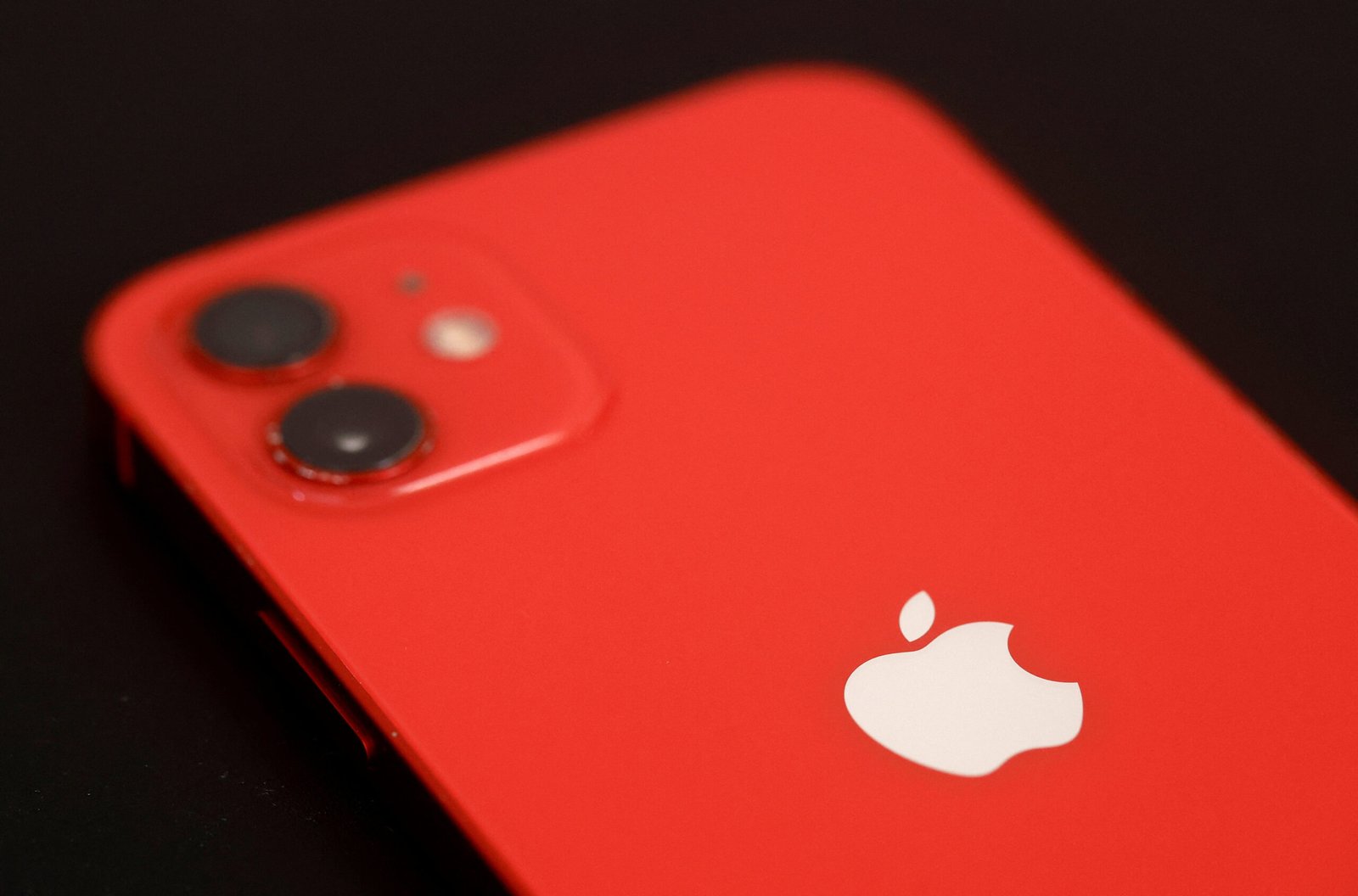The Ufone Telenor merger has officially transformed Pakistan’s telecom landscape, marking one of the biggest shifts in the sector in recent years. For a long time, the market was split among four operators, but with this merger, the competition has narrowed down to three, creating new dynamics and reshaping customer expectations.
Ufone Telenor Merger and Market Share Shift
With Ufone and Telenor now combined, the merged entity commands a significant 32.8% market share. This positions it closer to Jazz, which still leads with around 43%, while Zong holds about 24.1%. The merger reduces the market from four to three players, turning what was once a fragmented industry into a more competitive and balanced one.
The merger has changed the competitive landscape from a situation where one dominant player had an edge, to now a two-horse race. Jazz still leads in subscriber base and digital services, but the Ufone Telenor merger gives rise to a strong rival capable of competing head-to-head.
Ufone Telenor Merger: What It Means for Customers
One of the biggest advantages of the Ufone Telenor merger is its potential impact on customers. The merger brings together resources, network strength, and spectrum holdings, promising:
- Improved coverage with fewer network gaps.
- Better internet speeds due to optimized spectrum use.
- More competitive pricing as Jazz can no longer rely solely on size advantage.
For customers, this merger represents a win. With both Jazz and MergeCo competing closely, packages are likely to become more attractive, while investment in 4G expansion and upcoming 5G rollout will accelerate.
Ufone Telenor Merger: Benefits for the Industry
The telecom sector in Pakistan has long struggled with low revenue per user, making it difficult for four separate operators to sustain heavy investments. By consolidating into three strong players, the industry now gains:
- Greater financial stability.
- Reduced duplication of infrastructure.
- Better capacity to invest in next-generation technology.
Regulators also benefit, as oversight becomes more straightforward with fewer but stronger operators to manage. This allows for more consistent enforcement of quality standards and policy directions.
Jazz vs Ufone Telenor Merger: The New Rivalry
Jazz has enjoyed its market leadership for years, bolstered by JazzCash and an extensive 4G footprint. However, the Ufone Telenor merger has introduced a competitor that matches Jazz in size and resources. MergeCo’s priorities will likely include:
- Network integration to reduce overlaps and enhance nationwide coverage.
- Cost savings that can be redirected toward 5G readiness.
- Brand strategy, potentially consolidating into one unified identity.
- Leveraging PTCL’s fiber network to provide superior backhaul for faster data speeds.
For Jazz, this means reinforcing its leadership by pushing harder in financial services, spectrum advantage, and early adoption of 5G to retain its edge.
Zong’s Position After the Ufone Telenor Merger
While Jazz and MergeCo take the lead, Zong faces a new reality. With a 24.1% market share, Zong finds itself stuck in the middle. It is not small enough to play disruptor, nor dominant enough to compete directly with Jazz or MergeCo.
Possible strategies for Zong include:
- Investing heavily in 5G spectrum to position itself as the fastest network.
- Targeting niche segments like enterprise solutions, IoT, or youth-oriented services.
- Exploring partnerships to improve financial sustainability.
Zong’s future depends on how quickly it adapts to the new competitive landscape created by the Ufone Telenor merger.
A Balanced Market for the Future
The Ufone Telenor merger marks a turning point for Pakistan’s telecom industry. For years, the imbalance between one dominant operator and several weaker ones left customers with fewer real choices. Now, with two nearly equal giants and a strong third player, the market is more balanced and competitive.
Customers are expected to enjoy:
- Faster rollout of 4G and 5G services.
- More competitive pricing packages.
- Improved network quality through stronger investments.
Industry analysts suggest that this consolidation will attract further investment and innovation, paving the way for Pakistan to keep up with global telecom trends.
The Ufone Telenor merger is more than just a business deal—it is a restructuring of Pakistan’s entire telecom sector. By reducing the market to three major players, it creates true competition, drives technological progress, and ensures customers benefit from improved services. Jazz, MergeCo, and Zong now face the challenge of delivering better connectivity, faster internet, and more value for money to millions of Pakistanis.
This merger has shifted the telecom industry into a new phase, where sustainable growth, customer experience, and digital innovation will define the future.



